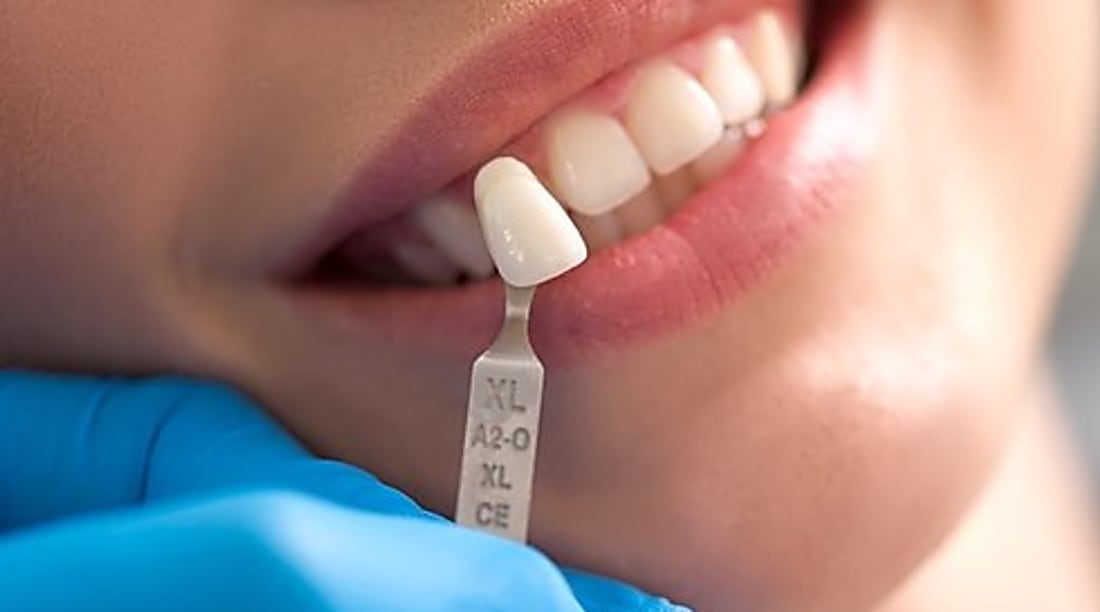Dentures 101: Your Guide to Restoring a Confident Smile
Explore a comprehensive, easy-to-understand guide on dentures — from the fitting process and daily care to cost comparisons and what to expect during the adjustment period. Learn about traditional, partial, economy, and implant-supported dentures, practical maintenance tips, and insurance considerations to help you make informed dental decisions.

The process of getting dentures
Getting fitted for dentures starts with a thorough oral exam. During this first visit your dentist will evaluate gum and remaining tooth health, discuss prosthetic options, and take precise measurements and impressions of your mouth. Crafting a well-fitting denture typically involves multiple visits across several weeks: initial records and molds, one or more try-in appointments to assess fit and appearance, and a final fitting with minor adjustments to optimize comfort and chewing function.
If extractions or other preparatory procedures are necessary, your dentist will plan the timeline so healing and denture fabrication proceed safely. For immediate dentures, the appliance is placed right after teeth are removed; however, these often require relining once tissues shrink. Implant-supported dentures require additional surgical visits to place implants and a healing period before attaching the prosthesis.
Types of dentures and what they offer
Dentures are available in several styles to meet different needs:
- Complete (full) dentures: Replace all teeth in the upper or lower jaw and rest on the gums.
- Partial dentures: Fill gaps when some natural teeth remain; they clip or clasp to existing teeth for stability.
- Implant-supported dentures: Anchored by dental implants for improved retention and chewing performance.
- Economy dentures: Lower-cost options that provide basic function and appearance but may have fewer customization choices.
Choosing the right type depends on oral health, budget, lifestyle, and aesthetic goals. Your dental professional can explain the pros and cons of each option and recommend the best solution for your situation.
| Denture Type | Average Cost Range | Insurance Coverage |
|---|---|---|
| Complete Traditional | $1,000 - $3,000 | Often up to 50% |
| Partial Dentures | $700 - $2,500 | Partially covered |
| Implant-Supported | $5,000 - $15,000 | Limited coverage |
| Economy Dentures | $300 - $900 | Usually covered |
Prices, rates, or cost estimates mentioned in this article are based on the latest available information but may change over time. Independent research is advised before making financial decisions.
Caring for your dentures and oral health
Daily maintenance helps your dentures last longer and keeps your mouth healthy. Remove and rinse dentures after eating to eliminate food particles. Clean them daily with products made for dentures or a soft-bristled brush and non-abrasive cleanser — avoid regular toothpaste, which can be too abrasive. Soaking dentures overnight in a denture solution helps remove stains and reduces bacterial buildup, while also keeping the appliance from drying out and warping.
Continue to care for any remaining natural teeth, gums, and tongue with regular brushing and flossing. Regular dental check-ups are important even when you wear dentures: your dentist will examine the fit of the prosthesis, check oral tissues for irritation or disease, and recommend relines or repairs if needed. If a denture becomes uncomfortable, fractured, or loose, seek professional attention rather than trying to adjust it yourself.
Adapting to new dentures: timing and tips
Adjusting to dentures can take time. Many wearers notice more saliva production, mild soreness, and temporary changes in speech and eating during the first few weeks. These symptoms are normal and generally improve as the mouth adapts. To reduce discomfort and speed adaptation:
- Practice speaking slowly and read aloud to regain fluency.
- Start with soft, cut-up foods and gradually reintroduce firmer textures.
- Use denture adhesive if recommended by your dentist for added stability while you adapt.
- Attend follow-up visits for adjustments; relining or minor reshaping can eliminate pressure points.
If persistent pain, significant fit issues, or sores occur, contact your dental provider. Properly adjusted dentures should feel secure and allow you to eat, speak, and smile with confidence.
Making the financial decision
Costs vary widely depending on the type of denture, materials, geographic location, and whether implants are involved. Basic economy dentures reduce upfront costs but may need replacement or more adjustments over time. Implant-supported solutions carry higher initial expenses but often improve function and bone preservation.
Insurance plans differ in their coverage of prosthetic dentistry. Some policies cover a percentage of traditional dentures, while implant procedures are frequently limited or excluded. Always check your plan details and consider obtaining an estimate or payment plan from your dental office.
Final thoughts
Modern dentures are a reliable way to replace missing teeth and restore facial contours, speech clarity, and chewing ability. With careful selection, proper daily care, and regular dental follow-ups, dentures can provide years of improved function and appearance. Expect an adjustment period, and work closely with your dentist to refine fit and comfort.
This article is for informational purposes only and should not be considered medical advice. Please consult a qualified healthcare professional for personalized guidance and treatment.






